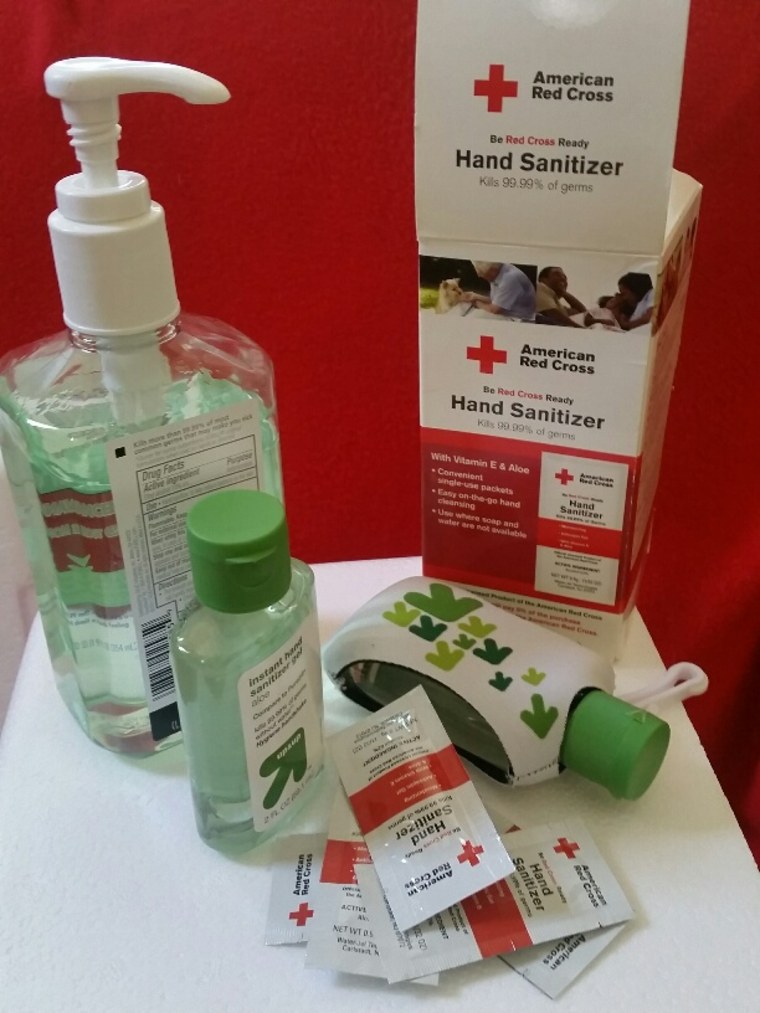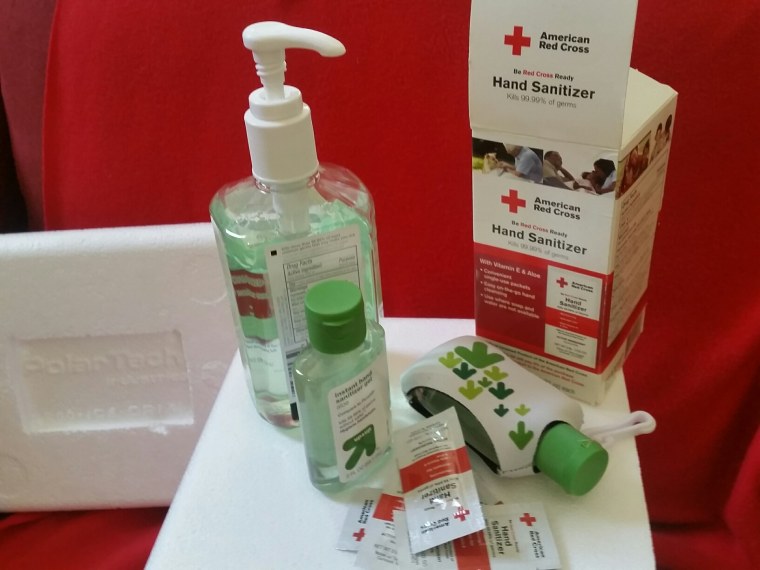Hand sanitizers are everywhere – at supermarket entrances, in public rest rooms, in schools and cafeterias. People believe they work and give them to their kids. Now the Food and Drug Administration says makers of the products need to show they’re safe and work as well as people believe they do.
It’s the latest stage in FDA’s ongoing review of cleaning and hygiene products, forced in part by pressure from Congress and a lawsuit by the Natural Resources Defense Council.

It’s not that there is any indication the products are not safe or do not work, the FDA stresses. But there are some very vague hints from just a few studies that suggest some of the ingredients might be absorbed through the skin. And since they are so heavily used by pregnant women and small children, it’s best to check out even the most unlikely risks.
“Today, consumers are using antiseptic rubs more frequently at home, work, school and in other public settings where the risk of infection is relatively low,” said Dr. Janet Woodcock, director of the FDA’s Center for Drug Evaluation and Research.
“These products provide a convenient alternative when hand washing with plain soap and water is unavailable, but it’s our responsibility to determine whether these products are safe and effective so that consumers can be confident when using them on themselves and their families multiple times a day. To do that, we must fill the gaps in scientific data on certain active ingredients.”
"It’s our responsibility to determine whether these products are safe and effective so that consumers can be confident when using them on themselves and their families multiple times a day."
FDA wants manufacturers provide data for ethanol or ethyl alcohol, isopropyl alcohol and benzalkonium chloride. “Since 2009, 90 percent of all consumer antiseptic rubs use ethanol or ethyl alcohol as their active ingredient,” the FDA said.
Related: Hand Sanitizer Shows Up on Alcohol Tests
“New safety information also suggests that widespread antiseptic use could have an impact on the development of bacterial resistance,” the agency says in its proposal.
Nothing is being pulled off the market.
Last year FDA told the manufacturers to prove products used by hospitals are safe and work as intended.
And in 2013 FDA gave soapmakers a year to show that adding antibacterial chemicals did anything at all to help them kill germs. The final rule on soap is due later this year.
The FDA last updated its review of health care hand cleaners in 1994.
The best way to clean hands is to wash them using soap and water, the Centers for Disease Control and Prevention says. The soap helps the water wash away germs.
The American Cleaning Institute said it would cooperate.
“We believe that the FDA has a wealth of data on hand sanitizers in their possession to judge them as generally recognized as safe and effective,” the group’s Richard Sedlak said in a statement.
“Consumers can continue to use hand sanitizer products with confidence as this regulatory process moves forward. We will work to ensure that these products remain available to help people stay clean and healthy in homes, day care centers, restaurants, and offices across the United States."

